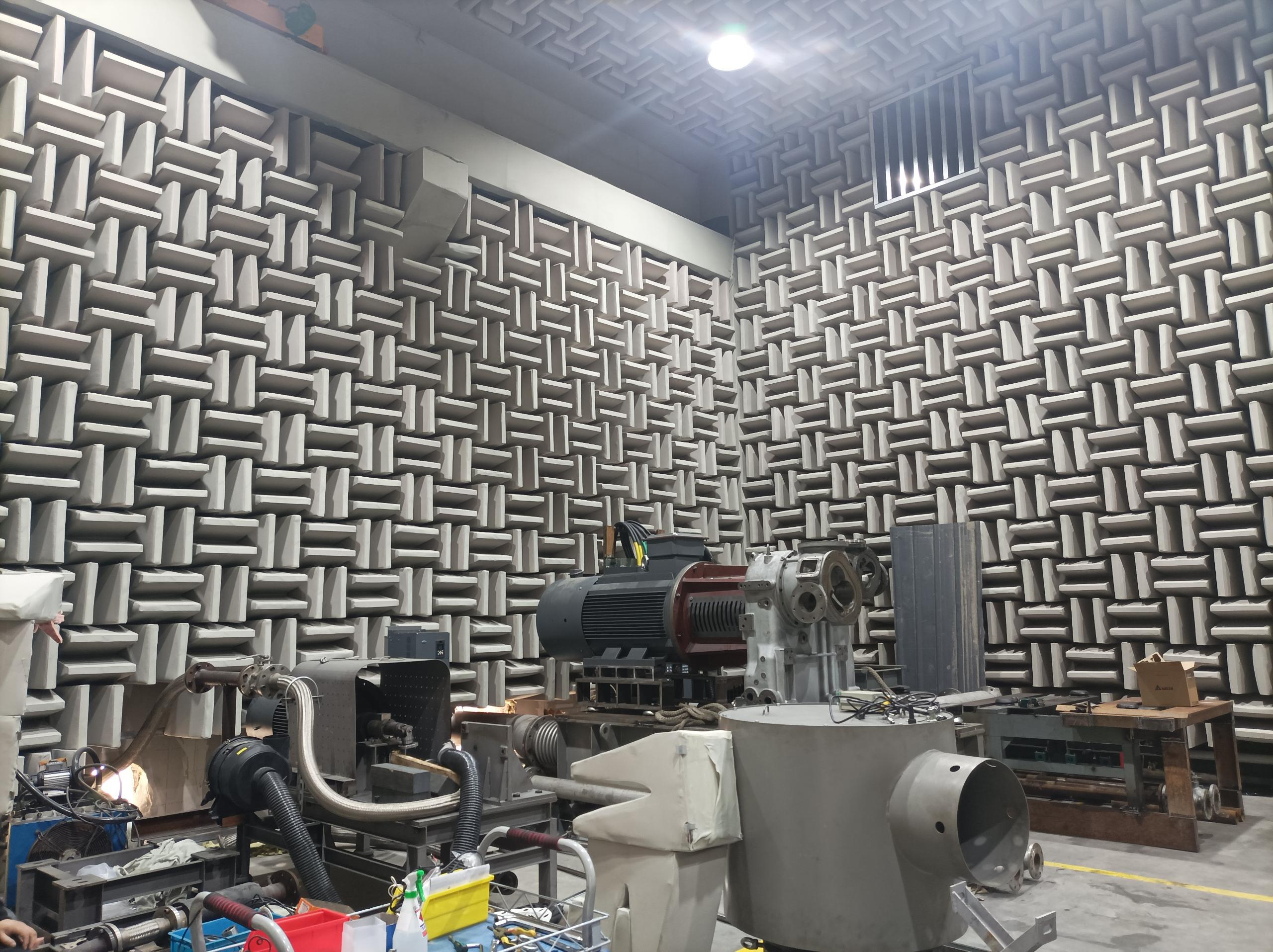In the process of new product development, the acoustics of the product are often tested, which requires a professional anechoic laboratory. So how to design a high-standard anechoic room? Today, Static Ring Acoustics will discuss this issue with you. Generally, the following key factors need to be considered in the design process of the anechoic chamber:
Structural design: The structure of the anechoic chamber should adopt a double-layer or multi-layer soundproof wall structure, and the inside of the wall is filled with soundproof materials, such as glass fiber and rock wool. A sound insulation layer, such as sound insulation film, sound insulation brick, etc., should be installed between the walls to enhance the sound insulation effect. The connection between the wall and the ground and ceiling also needs to be sealed to reduce sound leakage.
Sound-proof doors and windows: Choose sound-proof doors and windows with good sealing performance to ensure that the doors and windows have good sealing performance and reduce sound leakage. Sound insulation materials such as soundproof glass can also be added inside the doors and windows.
Sound insulation and ventilation system design: The anechoic room needs to be well ventilated, but the ventilation system may cause noise leakage. Therefore, when designing the ventilation system, measures such as sound-proof ducts and sound-proof exhaust outlets can be used to reduce noise transmission.
Soundproof floor construction: Choose soundproof floor materials, such as rubber soundproof mats, sound-absorbing wooden floors, etc., to reduce the transmission and reflection of noise. Seams between floors and walls, doors and windows also need to be sealed.
Application of sound-absorbing materials: Use sound-absorbing materials inside the anechoic chamber, such as sound-absorbing panels, sound-absorbing bricks, etc., to absorb incident sound waves and reduce noise reflection and transmission.
Weak current treatment: There may be some weak currents that are difficult to soundproof in the anechoic room, such as cable holes, pipes, etc. For these weak currents, methods such as sealing materials and sound insulation sleeves can be used to reduce sound leakage.
Control internal sound sources: Control the generation and propagation of sound sources inside the anechoic chamber, such as using low-noise equipment, vibration damping devices, etc., to minimize indoor noise.
Reasonable layout: When designing the layout of the anechoic room, you can consider maximizing the distance between the noise source and the sensitive area, and reduce the impact of noise on the surrounding environment by staying away from the sensitive area.
In the actual application process, it is necessary to take appropriate sound insulation and sound absorption measures according to the specific design requirements and budget of the anechoic chamber, combined with the suggestions of professional acoustic engineers, to ensure that the noise control effect of the anechoic chamber reaches a high standard.

